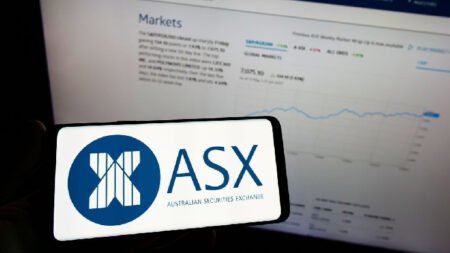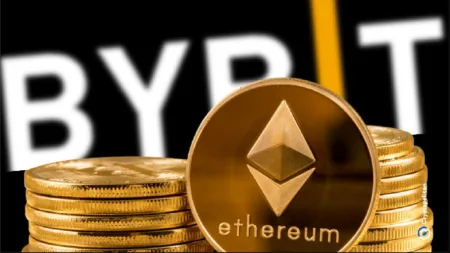A widely shared chart showing a sudden spike in China’s M1 money supply has fueled speculation across Crypto Twitter. Many interpreted the data as evidence of an unprecedented liquidity injection.
However, analysts, including Benjamin Cowen, have clarified that the surge is due to a reclassification of how the metric is calculated, not an actual increase in circulating money.
Viral Chart Sparks Speculation
The chart, sourced from TradingView, shows China’s M1 money supply jumping from approximately 67 trillion yuan to 112.45 trillion yuan virtually overnight, an apparent surge of 67.59%.
This led to speculation that the Chinese government had injected massive liquidity into the financial system. Some even interpreted this could potentially impact global markets, including cryptocurrencies.
Related: Financial experts Raoul Pal, Howell Discuss Liquidity Cycles and Wealth Transfer: Bitcoin, Gold, and the Future of Money
Analysts Debunk “Liquidity Injection” Theory
However, financial analysts quickly debunked these claims, pointing directly to an official announcement made two months ago by Chinese authorities.
The surge in the chart reflects an expanded scope in how M1 money supply is measured, not a sudden increase in available cash.
This data adjustment likely reflects reclassified deposits. It may also include other financial instruments previously left out of the calculation.
Benjamin Cowen Calls Out Misinformation
Macro analyst Benjamin Cowen weighed in on the trend online. He pointed out that many people misinterpreted the chart, believing China had suddenly doubled its money supply.
Cowen emphasized that this was not the case and that the change was due to a previously announced expansion in the scope of the metric. Expressing his frustration with the lack of critical thinking, he criticized the spread of misleading narratives on Crypto Twitter.
“Any ounce of critical thinking would make it obvious this didn’t happen,” he said.
China’s Updated M1 Formula: “Geez Squared” Explains
A commenter under Cowen’s post provided further clarification by sharing details of the People’s Bank of China’s (PBOC) updated M1 formula, introduced in January 2025.
The new calculation now includes currency in circulation, which consists of physical cash outside the banking system and demand deposits. The pseudonymous commenter, “Geez Squared,” also referred to funds in checking accounts held by businesses and institutions.
Meanwhile, Geez also noted that the calculation also incorporates personal demand deposits, which are funds in individual checking accounts that are now explicitly included in the formula.
Related: Arthur Hayes: China’s Quantitative Easing Will Trigger a Bitcoin Price Surge
Additionally, prepaid funds held by non-bank payment institutions are now factored into the calculation. This includes balances in digital wallets or prepaid accounts managed by entities like Alipay and WeChat Pay.
Other analysts emphasize the importance of verifying official sources. They also stress understanding the context behind financial data, which is vital before jumping to conclusions.
Disclaimer: The information presented in this article is for informational and educational purposes only. The article does not constitute financial advice or advice of any kind. Coin Edition is not responsible for any losses incurred as a result of the utilization of content, products, or services mentioned. Readers are advised to exercise caution before taking any action related to the company.
Read the full article here










